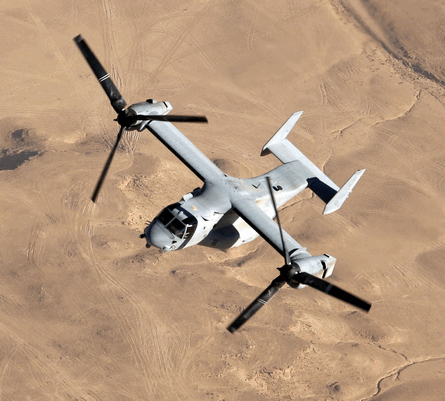US Navy and Marine Corps officials will look to stretch the state of missile warning technology for rotary- and fixed-wing aircraft with a major contract competition next year.
A request for proposals will be released in January for the joint and allied threat awareness system (JATAS) contract, which aims to replace all 2,400 ATK AAR-47 missile warning systems in service around the world.
The project also seeks to replace the AAR-47's ultraviolet-band seeker with a two-colour infrared sensor, and also introduce a hostile fire indicator that will alert air crews under attack by missiles, rocket-propelled grenades or other projectiles.
"One of the leading requirements to come out of the recent conflict [in Iraq and Afghanistan] is to know when you're being shot at," says Capt Paul Overstreet, programme manager for USN electronic warfare.
Although the proposed JATAS design's third-generation missile warning system is new it is based on mature technology, and parts of the hostile fire indicator represent a technology development risk as they must still be invented.
As a result, the USN and USMC have agreed to include that component as an incremental upgrade, although Overstreet says it could be reinserted into the baseline schedule if a contractor proves it is possible.
The potential contract has attracted wide-ranging interest from industry. ATK and BAE Systems, makers of the AAR-47 and AAR-57, respectively, have already teamed for the requirement. Other potential bidders include ITT, Lockheed Martin, Northrop Grumman and Raytheon.
Under new acquisition procedures, the Naval Air Systems Command's PMA-272 Tactical Aircraft Protection Systems project office plans to select two contractors in the fourth quarter of 2009 to stage a fly-off. A single contractor will then be chosen for a development award, with the new technology scheduled to enter service with the Bell Boeing MV-22 Osprey tiltrotor in 2014, Overstreet says.
The MV-22's ability to operate in high-speed mode and to hover helped to drive the need to move beyond ultraviolet-band sensors, which are limited to a range of about 3.2km (1.7nm), depending on atmospheric conditions. With the MV-22's ability to fly faster than 300kt (555km/h), the USN and USMC were forced to shift to a new technology.
 |
|---|
© US Navy |
The US Air Force is also pursuing a two-colour IR sensor for its own next-generation missile warning system, which is also still in competition. But since the USAF system will be designed to protect large transports, such as the Boeing C-17, the USN and USMC programme needed to develop their own seeker, Overstreet says.
Meanwhile, the US Army plans to continue fielding BAE Systems' second-generation common missile warning system, which includes an upgraded ultraviolet-band seeker compared with the AAR-47.
But the USN and USMC programme hopes to leverage the army's pursuit of a lightweight, low-cost jam head being developed to protect small helicopters, and discussions are under way for the navy to formally join the army programme. An ITT infrared countermeasures design and Raytheon's AIM-9X Sidewinder air-to-air missile seeker-derived Quiet Eyes system are expected to compete for the requirement.
Source: Flight International























